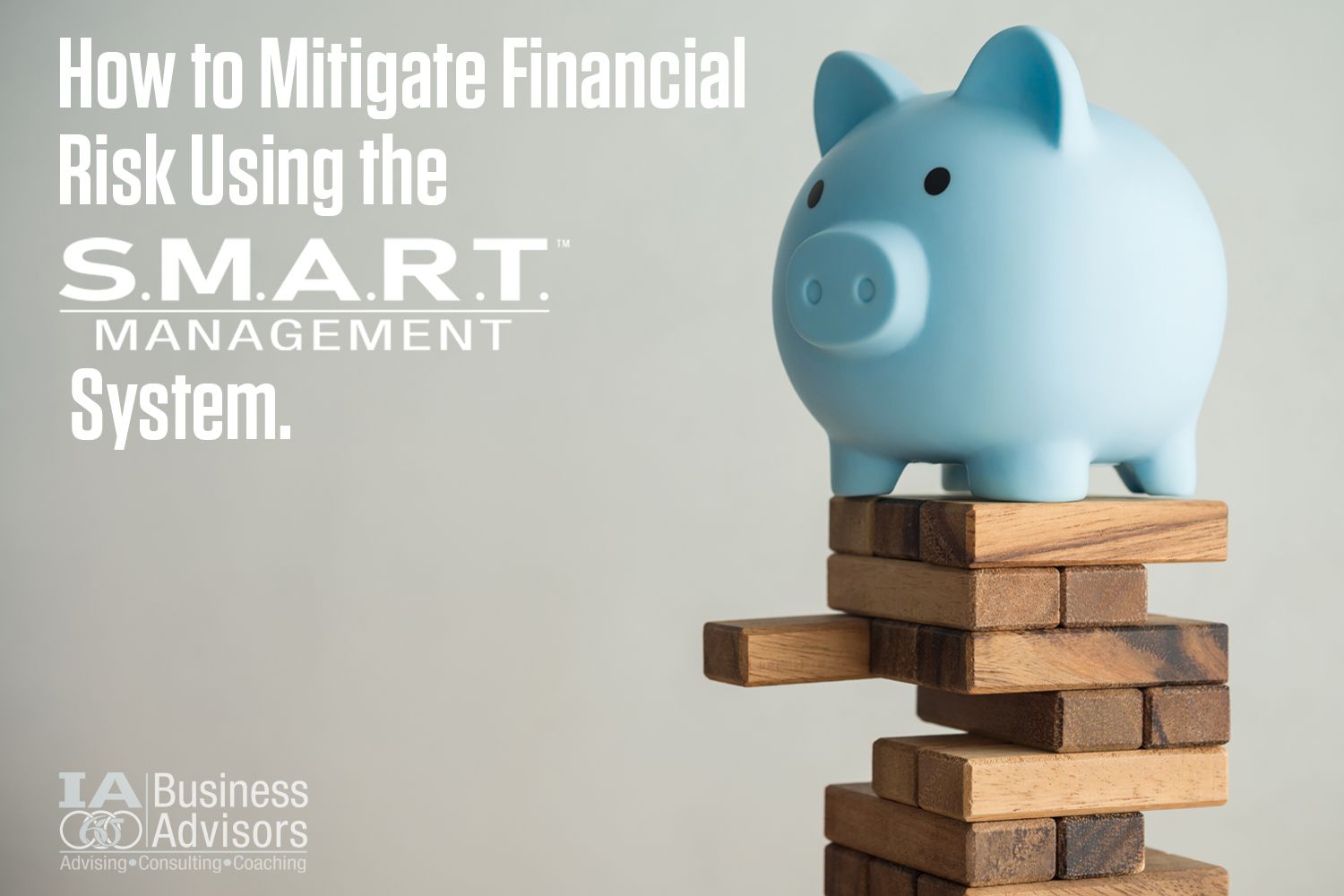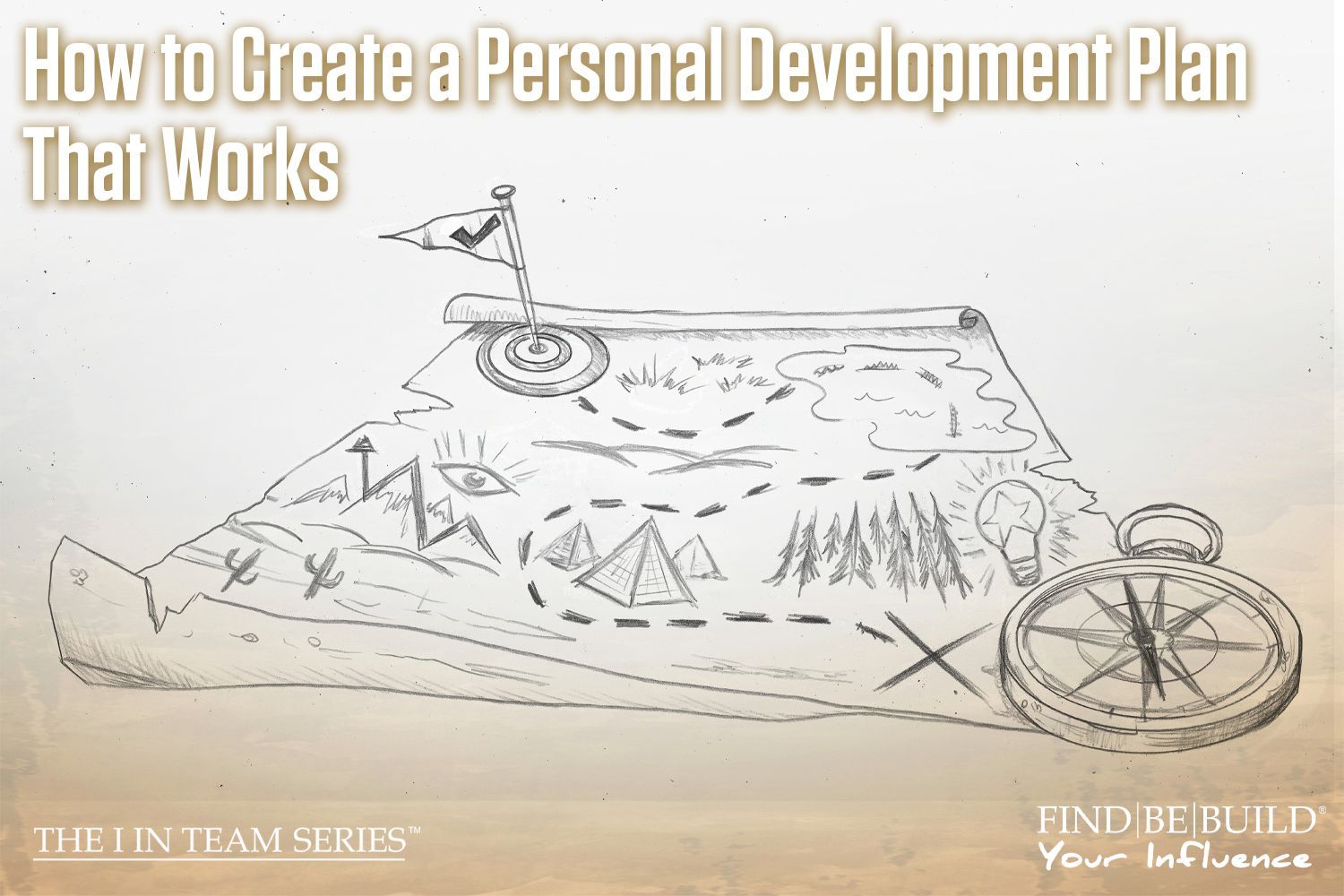Cards, A Business’ Best Tool

business consulting tools
Written by: Brian Smith
I don’t know how many times I have heard that business cards are a thing of the past. Add to that the negative perspective about direct mail, flyers, postcards and all other physical paper marketing and sales materials; I began to wonder, could they be right?
I do believe that direct mail can be utilized as one of the most effective communication tools available during the sales process. The problem is that people, especially small business owners, often forget that the sales process never stops.
A small company with limited resources may rely on the owner or a single key employee to manage sales. The need to grow the company generally means that once a new customer is acquired the owner must rely on the operational aspect to carry the reputation of the company through the remainder of the relationship. The small business doesn’t have extensive branding, customer service, or marketing programs available to support operations, nor do they have the budget in time or money to maintain effective communications that can be lost in the day-to-day struggles many small businesses face.
Effective communication can begin with business cards. The proper usage of cards can give your firm the edge and personalization needed to shore up the lack of time and money you might have as a small business owner, manager, or employee.
There are a few rules you should follow before implementing your Cards Campaign.
- Consistency – You must be consistent in everything associated with any marketing campaign. This means that once you choose the image, format, and message you should stick to that for a fixed amount of time; I generally recommend at least a year.
- Image – If you do not have a company logo, get one. If you have not chosen company colors, do it. Image will help people remember you, your company, and your products or service. Use the image in all communications you can from invoicing to emails, and on your business card.
- Message – Your message begins with your mission statement. If you don’t have a mission statement, write a sentence or two that best states what your company is all about. For example, my company’s business statement is: “To provide the best information and tactics available to business owners and managers so that they can effectively grow and manage their business.” Use your mission statement to provide consistent information, products, and services to your customers.
- Timing – Do not be random in your communications. Try and learn important dates that provide an opportunity for you to communicate with your customers consistently. Company and personal anniversaries, holidays, and birthdays are all great opportunities for you to communicate with your customer.
- Personal – Keep your communications personal. You do not need to write volumes to convey personalization to your customers. Beginning with and maintaining the reason for the card, you help to keep the communication personal. Do not digress to business speak, and close the card with a simple sentence that is personal but opens the door for communication back from the customers; everyone likes doing business with people who care about them.
Now that we have established the rules, we can plan our card campaign. We begin with our business cards. Your cards are an extension of you and your company. I am a believer in choosing business cards that are simple, and while adding your brand or tag line to the card can be extensive, it cannot harm you or the company. Giving multiple options to reach you such as phone, fax, email, and website access can be very helpful.
Do not forget the Logo!
Thank you cards
Sending regular thank you cards are a good way to stay in touch with your customers. They are inexpensive and can be personalized easily while still maintaining a business objective. For example, “John, thank you for your business in 4Q2014. We appreciate the opportunity to provide you with XYZ service/products. I am always ready to help you. Regards.” End the card with your name and make sure the card has your company name and logo with a phone number, web address, and email address on the back. I don’t recommend adding a business card or anything else, leave that to other communications.
Holiday Cards
Sending regular holiday cards are as personal as you can be. Keep them all about the holiday and add a small message; Merry Christmas, Happy Thanksgiving, Happy Fourth of July and your signature is all that is required. Make sure the company is represented by your company image, but do not use this as a direct selling opportunity.
Personal Date Cards
Birthdays, Anniversary, Births or any other personal date that may be important to your customer is a great opportunity to solidify your business relationship. Once again, using a card with your company image and quick note wishing them a great day will go a long way. Do not use this opportunity to sell anything.
Direct Mail Cards
These can be sent quarterly or bi-annually and can carry a message about your product or service. Don’t waste this opportunity and don’t abuse it. You have established a reputation for communicating personal messages and the customer will take the time to read direct mail cards, so keep them direct and focused on a singular message that is sales driven, but opens the door for a direct communication via phone or email; and don’t forget to follow up personally on this aspect of the Card Communication Program.
The use of cards alone may not dramatically grow your sales immediately. However, the use of cards as a foundation of an overall sales and marketing program will solidify your relationships and create opportunities for long standing customers to keep buying your products or services. Cards can help maintain a solid base of business with loyal customers and can prove to be a great foundation for the stability and growth of any company.
© Individual Advantages, LLC 2017
The post Cards, A Business’ Best Tool appeared first on IA Business Advisors.











